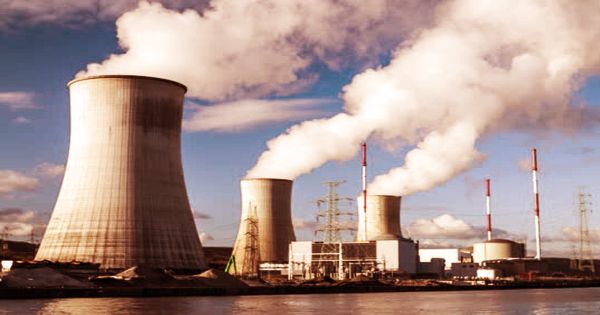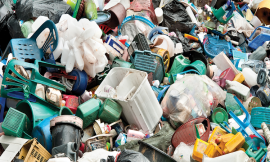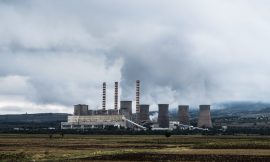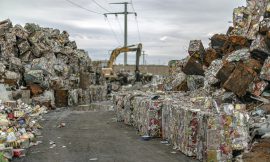The physical contamination of living creatures and their surroundings is referred to as “radioactive pollution.” Toxic radiation from nuclear explosions, nuclear weapons testing, nuclear weapons development and decommissioning, the mining of natural radioactive as well as the handling & disposal facility all contribute to the release of radiation into the environment.
Pollution Caused By Radioactive Waste
Nuclear Power Plant Nuclear Accidents
In the postmodern world, new forms of fuel are being discovered. With nuclear energy being hailed as the most efficient, it’s no surprise that it’s on the list.
Radiation Isotopes
Radioisotopes are employed in the construction of scanners as well as in other manufacturing processes. Uranium is an isotope with a high radiation content. Common isotopes, such as radioactive carbon, can be easily found in streams through sewage systems.
The Mining Industry
For the most part, mining entails excavating and separating mineral ores into smaller, more manageable pieces. Among the naturally occurring radioactive elements are radium and uranium.
Waste Disposal Of Radioactive Material
Spills across oceans occur when ships collide with glaciers or coral reefs, releasing toxic waste into nearby rivers and the surrounding environment. Many of these compounds, especially petroleum products, contain a significant quantity of radiation, which can have a negative impact on the environment.
Inspects For Radiation
In order to learn something about radiation’s interesting qualities, several scientists have conducted experiments to find out what they can. It is an essential component of cancer treatment and cure.
Weapons For Self-Defense
Nuclear weapons that can release radioactive material offer a significant health danger when they are manufactured. Existing restrictions, however, would not authorize the emission of any significant radiation unless an event occurred.
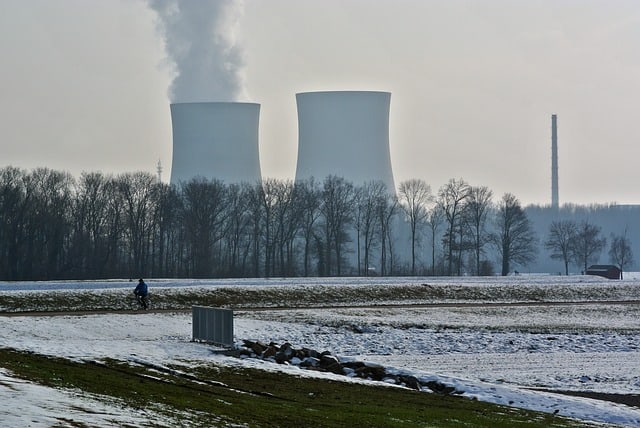
Radioactive Pollution Its Negative Effects
Diseases
Cancer is by far the most commonly reported disease associated with radiation. It has grown and now represents a significant threat to global health. Some of the more common ones are leukemia, anemia, hemorrhaging, a shortening of life expectancy, which can lead to early death or rapid aging, as well as cardiovascular disease. Radiation, for example, can cause leukemia in the bone marrow.
Reproductive Failure Of The Soil
This means that radiation can be found even in the soil, as a result of environmental exposure. Nutrients are lost due to the radioactive pollutants in the soil reacting with the various nutrients, which makes the soil very poisonous and infertile. Crops grown on such soil are contaminated with radiation and, as a result, are unfit for eating by humans or animals.
Burns
You can tell how radiation has shaped you even if you don’t feel it. Burns, red sores, and sores are all visible signs. To make matters worse, this will lead to skin cancer.
Cellular Damage Caused By Radioactive Pollution
Radioactive material has a wide range of effects on cell change. Living organisms have unique bodies because they contain millions of cells that conduct distinct functions.. There is evidence that radioactive pollution can cause irreparable tissue or organ damage. Radiation poisoning and mortality are not uncommon in extreme cases of radiation exposure.
Effects On Plants’ Growth
There has been an increase in UV radiation, which has caused a lot of damage to plants, as well. Different plants are affected by the same disease. Stomata prevent evaporation during an increase in radiation. In order for reproduction to proceed, the radiation has to reach the DNA. As a result, there are different kinds, sizes, and overall health of plants.



